Deck & Commander Strategies
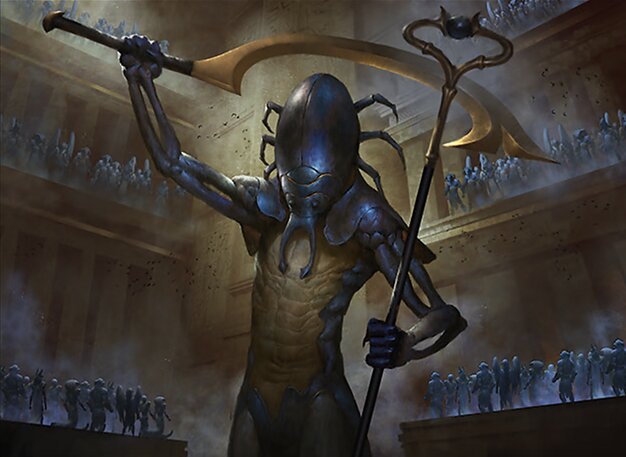
The Scarab God
Control and attrition through life loss and zombie token creation by exiling creatures from graveyards, aiming to wear down opponents while maintaining board presence.

Krenko, Mob Boss
Swarm the board with a massive number of Goblin tokens to overwhelm opponents and directly threaten the King, reflecting the aggressive Bandit role.
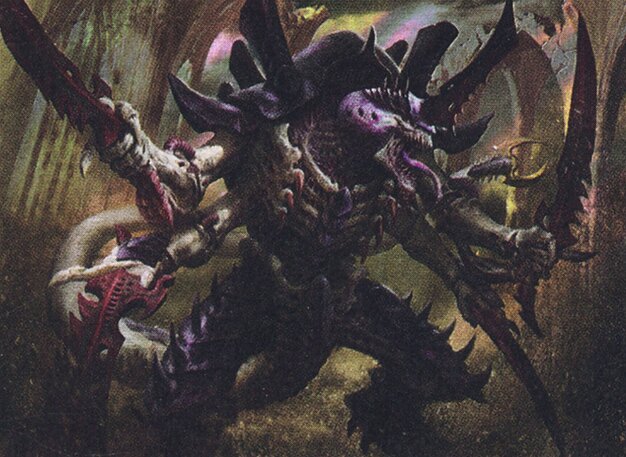
The Swarmlord
Generate and utilize insect tokens with counters, drawing cards off creatures dying to maintain card advantage and pressure opponents.
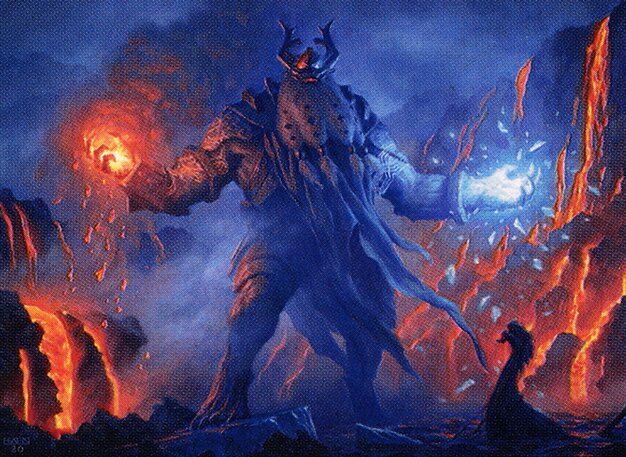
Aegar, the Freezing Flame
Burn and direct damage spells combined with giant creatures and card draw, aiming to control the board and chip away at opponents' life totals.
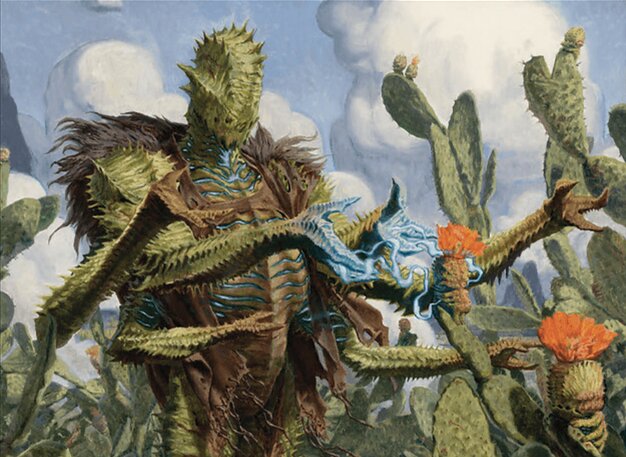
Bristly Bill, Spine Sower
Landfall synergy to place +1/+1 counters on creatures and boost the board's resilience and size, supporting a defensive and growth-oriented playstyle.
Gameplay Insights
- 1
The Bandits' strategy to flood the board with Goblin tokens early put immediate pressure on the King and forced defensive plays from others.
- 2
The Scarab God's ability to exile creatures from graveyards and generate 4/4 zombie tokens created a persistent threat difficult to remove.
- 3
Shadow of the Warp served as a punishing deterrent against non-creature spells, shaping opponents' spellcasting decisions and contributing to incremental damage.
- 4
The Knight's subtle plays and passing turns helped maintain cover, adding tension and uncertainty about their true identity and allegiance.
- 5
Players used limited early aggression to avoid revealing their roles too soon, balancing between protecting and attacking the King based on secret objectives.
Notable Cards
-

Sol Ring
-
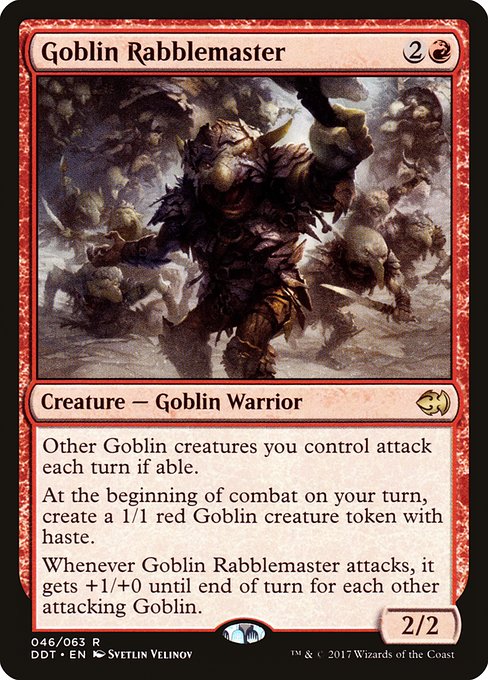
Goblin Rabblemaster
-

Buried Ruin
-

Temple of Abandon
-

Path of Ancestry
Gameplay Summary
The game unfolded as a social-deduction style Commander variant where players had secret roles influencing their objectives, centered around protecting or dethroning the King.
The King started with 50 life and was publicly known, while other players secretly took on roles such as the Knight (protector), Bandits (king assassins), and the Usurper (aiming to kill and replace the King).
Each player piloted a unique commander deck that reflected their style and role.
Early turns involved setting up mana and board presence, with the King clearly focusing on ramp and defense, while the Bandits prepared aggressive token-based strategies to threaten the King.
The Knight subtly supported the King, holding back from early aggression to maintain cover. Key turning points included the Bandits flooding the board with goblin tokens and aggressive attacks aimed at the King, forcing other players to react.
The Scarab God generated zombie tokens and applied pressure via life loss and graveyard recursion, creating a persistent threat.
Meanwhile, the Usurper employed a spell-heavy, burn-oriented deck with Shadow in the Warp punishing opponents' noncreature spells to chip away at health.
The Knight's and other players' attempts to protect or disrupt these assaults shaped a tense dynamic of shifting alliances and revealed intentions.
The gameplay revolved around managing board presence, reading opponents’ roles through their plays, and balancing aggression with defense to either protect the King or seize the throne.




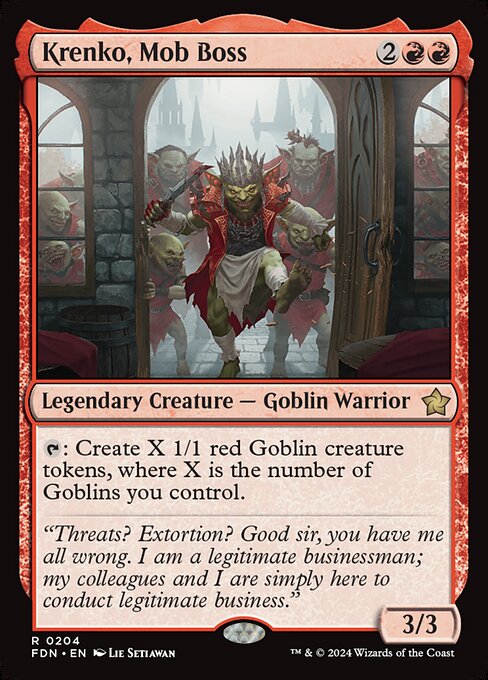

















![Kaldheim $100 Budget Game!! Narfi vs Fynn vs Aegar vs Vega [EDH/Commander, MTG Gameplay] 2021 thumbnail](https://i.ytimg.com/vi/5RB_uDg13J4/sddefault.jpg)






![Commander Versus Series: Deck Tech - Krenko v. Rhys v. Kangee v. Yeva [MTG Multiplayer] thumbnail](https://i.ytimg.com/vi/dUX1ieofYg0/sddefault.jpg)
![Commander Versus Series: Krenko v. Rhys v. Kangee v. Yeva [MTG Multiplayer] thumbnail](https://i.ytimg.com/vi/7UX55YdwDR4/sddefault.jpg)

















![Warhammer 40,000 Upgraded [Commander VS 313] | Magic: the Gathering Commander Gameplay thumbnail](https://i.ytimg.com/vi/C5lxkOuAUw0/sddefault.jpg)
![Warhammer 40k Commander decks [Commander VS 309] | Magic: the Gathering Commander Gameplay thumbnail](https://i.ytimg.com/vi/HZ99iaWk-Tk/sddefault.jpg)






